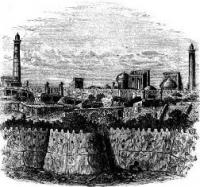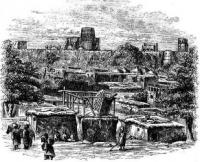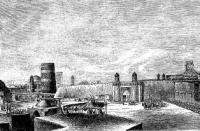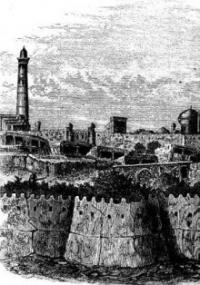You are here
Khiva on Great Silk Road.




Tours along Silk Road of Uzbekistan.
“I think you travel to search and you come back home to find yourself there”
Chimamanda Ngozi Adichie.
Excursions on Silk Road of Uzbekistan.
Khiva is one of the most remote surviving cities of the Silk Road in Central Asia. During its heyday, Khorezm was the largest center of international trade, a key point on the Great Silk Road. Merchants from the Volga region, India, and Iran came here, from which trade caravans went to the Middle East, East Turkestan, and China.
From Khiva they led to Mongolia, and through the Polovtsian steppes to Saksin, a trading city in the mouth of the Volga, and further to the Russian principalities and Europe. Archaeologists are discovering all the new routes of the ancient caravan routes and, in particular, from Khorezm to Mangyshlak and from there - by sea to the Lower Volga region, which proves that Khorezm merchants held in their hands a large part of the trade of Central Asian states with Eastern Europe.
The Great Silk Road is a peculiar phenomenon of the history of human development, its striving for unity and exchange of cultural values, the conquest of living space and markets. This largest transcontinental trade route in the history of mankind connected Europe and Asia and stretched from ancient Rome to the ancient capital of Japan, Nara.
It is important to note that the Silk Road was never a single highway, but included various routes that branched out like the crown of a mighty tree. So, one of the main roads crossing Asia from east to west began in the capital of ancient China, Chang'an, and followed its north-western borders.
Having crossed the Tien Shan, part of the caravans went through the Fergana Valley and the Tashkent oasis to Samarkand, Bukhara, Khorezm, then to the shores of the Caspian Sea, and some from Samarkand kept to Bactria and India.
The development of trading in the mountains of Central Asia of semiprecious stones such as lapis lazuli, jade, cornelian, and turquoise contributed to the emergence of trade relations. The main subject of trade on the caravan routes was silk, valued throughout the world. For example, in the Middle Ages, silk was the most popular unit of account, displacing even gold from circulation.
Thus, in Sogdia, the price of a horse was equal to the cost of ten cuts of silk. Silk was paid for the work done, for the maintenance of mercenaries, silk could be bought off the punishment for a crime. For the first time, the Venetian merchant Marco Polo, the first European to reach the limits of the Chinese Empire, called these caravan roads "silk".
And in the scientific revolution the term “The Great Silk Road” in 1877 was introduced by the German researcher Ferdinand Richthofen in his fundamental work “China”. Not only trade caravans followed the Great Silk Road, but cultural achievements of nations, spiritual values and religious ideas spread along it.
Finally, scientists, researchers, travelers, and even warriors walked along the caravan roads for centuries. A special long-term program, which includes proposals for the revival of historical heritage, was created jointly with UNESCO.
In 1994, the Samarkand Declaration “On the Revival of the Great Silk Road” was adopted.
Enlightener:
"Khiva City and Legends" tourist guide to Khiva.







